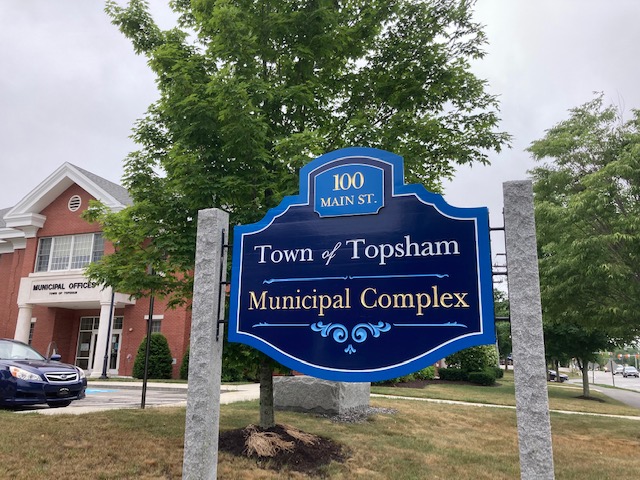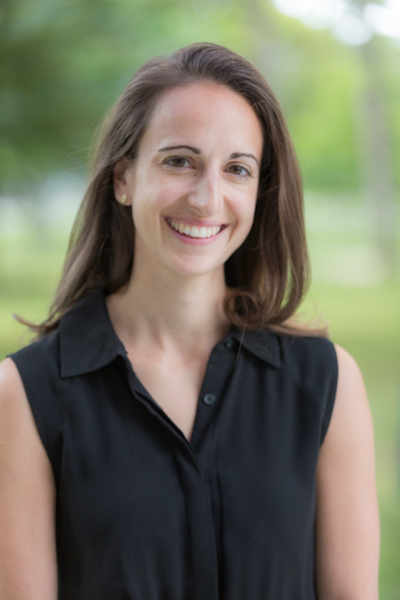First-Year Seminar: Women of Color in Politics
In a recent class discussion for the seminar Women of Color in Politics, there was never a quiet moment. Students made comments back to back, often while others patiently held up their hands, as they argued about the subject of the day: a Chinese-American woman named Grace Lee Boggs and her contributions to the civil rights movement.
Assistant Professor of Government Chryl Laird at times nodded emphatically, murmured her assent, laughed in appreciation, or followed a student’s comment by providing some context pulled from her area of expertise: race and ethnic politics. This semester is the first time that Laird, who is new to Bowdoin, has taught Women of Color in Politics, which is a first-year seminar. These seminars are required for all new Bowdoin students, and they stress the development of college-level reading and writing skills.
“There isn’t a ton of scholarship in political science, or even in gender studies, that looks at women through this type of political lens,” Laird said, explaining why she designed the course. “My goal with the class is to think hard, in a very critical way, about where we have seen women of color in politics, and what would history look like if we go back and look at politics through this lens.” In the class, she defines politics broadly, going beyond electoral office and other traditional political spaces.
“My goal with the class is to bring narratives of women of color in politics to light.”
—Assistant Professor of Government Chryl Laird
The syllabus for Women of Color in Politics stretches from the antebellum era to current day, touching on contemporary activism such as the Black Lives Matter movement. Most of the texts the students are reading for the course were written by women. “That was very deliberate,” Laird said. As well as academic articles, the students have been assigned memoirs, biographies, and documentaries.
In the first two months of the class, the students have studied women such as Sally Hemings, Sojourner Truth, Phillis Wheatley, the mythological Mammy figure, Sacagawea, and wives of prominent political actors, including Coretta Scott King and Myrlie Evers–Williams. They’ve also discussed suffragettes like Nina Otero-Warren and Ida B. Wells. Going forward, they’ll read excerpts from the memoirs of Anita Hill and Sonia Sotomayor.
When the class recently broke up after the ninety minutes of allotted time was up, one student told Laird that she had already inspired a fan club on campus. Lauryn Dove ’21 said she often ends up continuing the day’s discussion with her classmates for hours.
Dove said she picked the Women of Color in Politics seminar (out of the thirty-five first-year seminar options) because she wanted to ground her future studies of government with this class. “With government, you need to acknowledge that it is inherently based on intersections of oppression: you have race, gender, class, sexuality,” she said. “Making sure you are educated in that before you go off to other classes is very important.”
Noelia Calcano ’21 said she appreciated how the class looked at a subject rarely covered elsewhere. “It has been important to me to hear those points of view,” she said. “You don’t just learn about this in any government or history class.”



